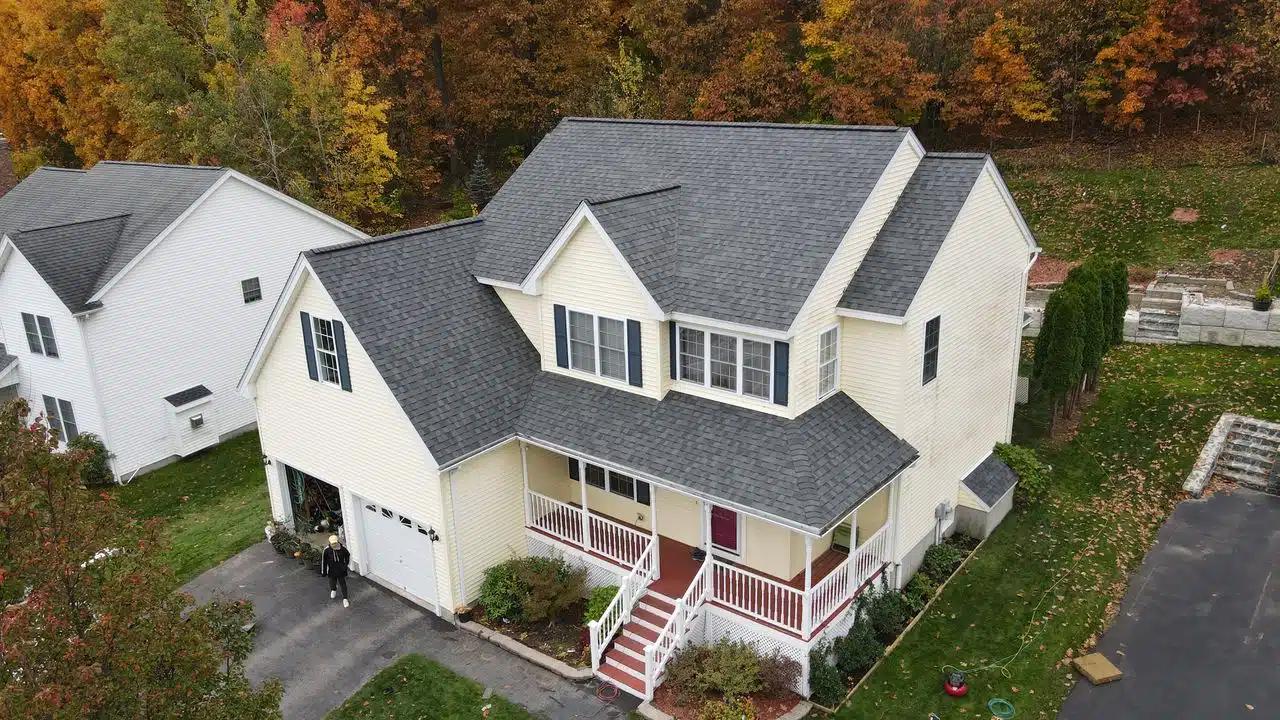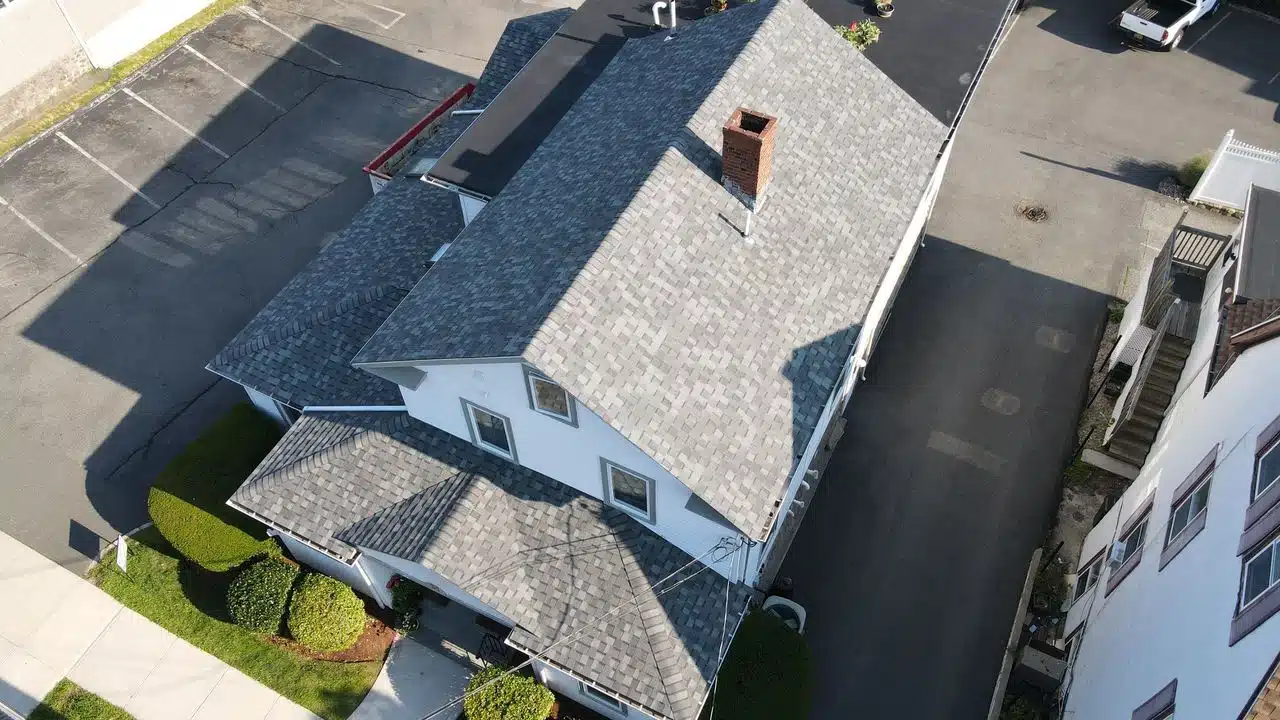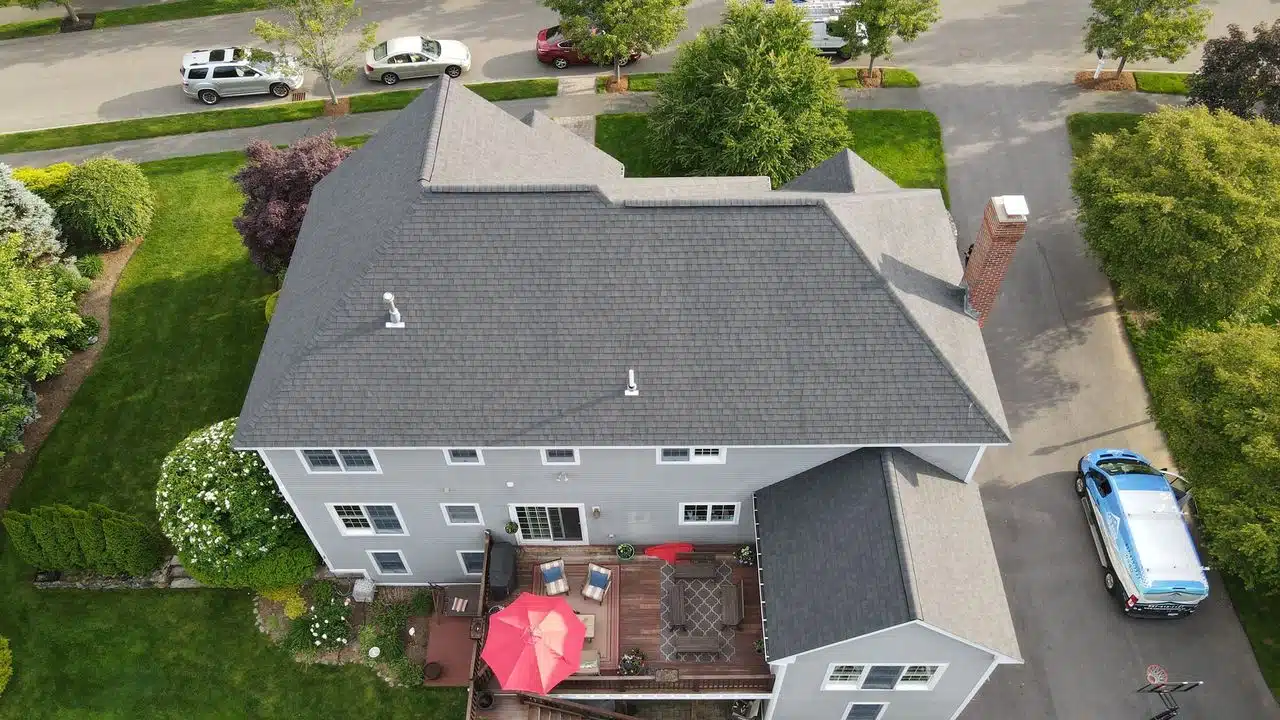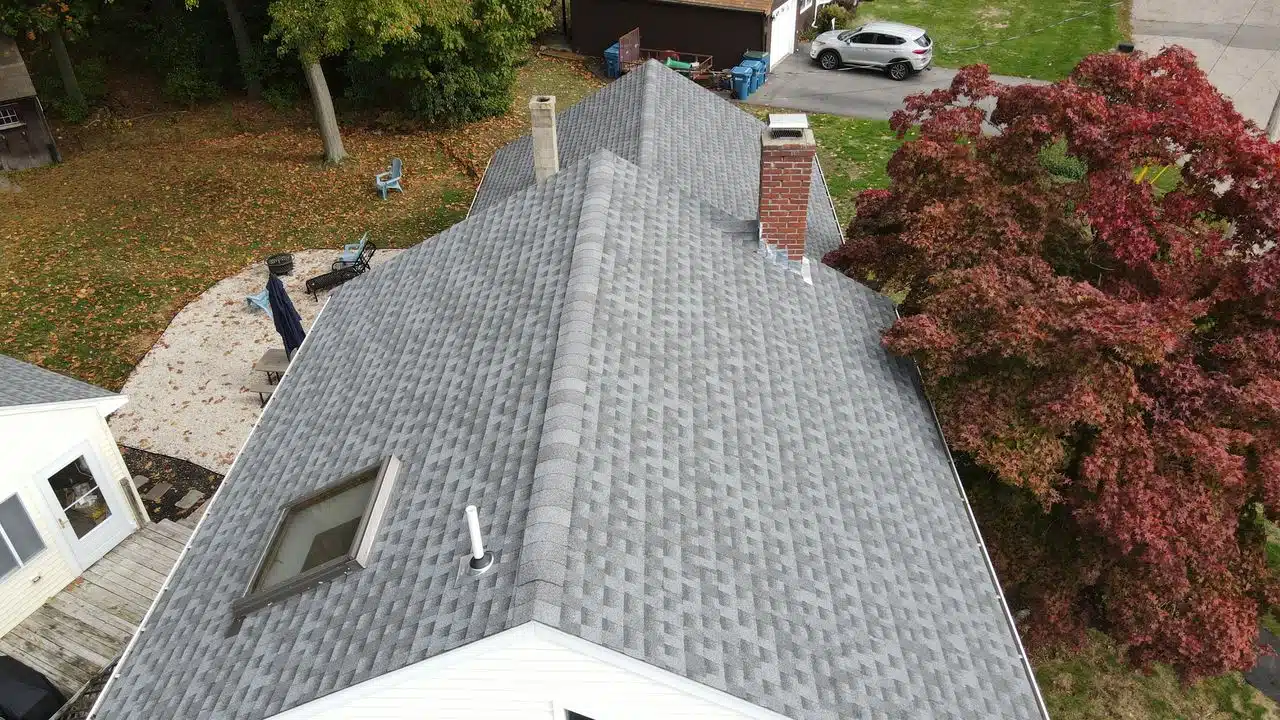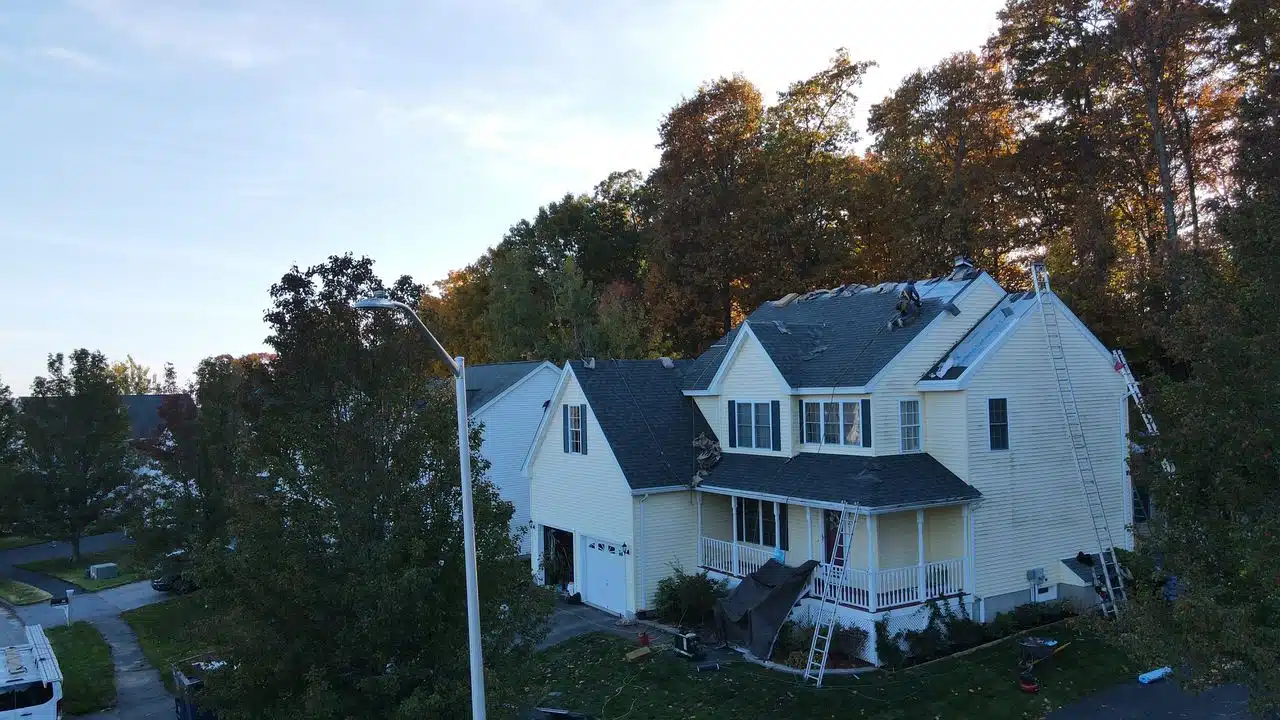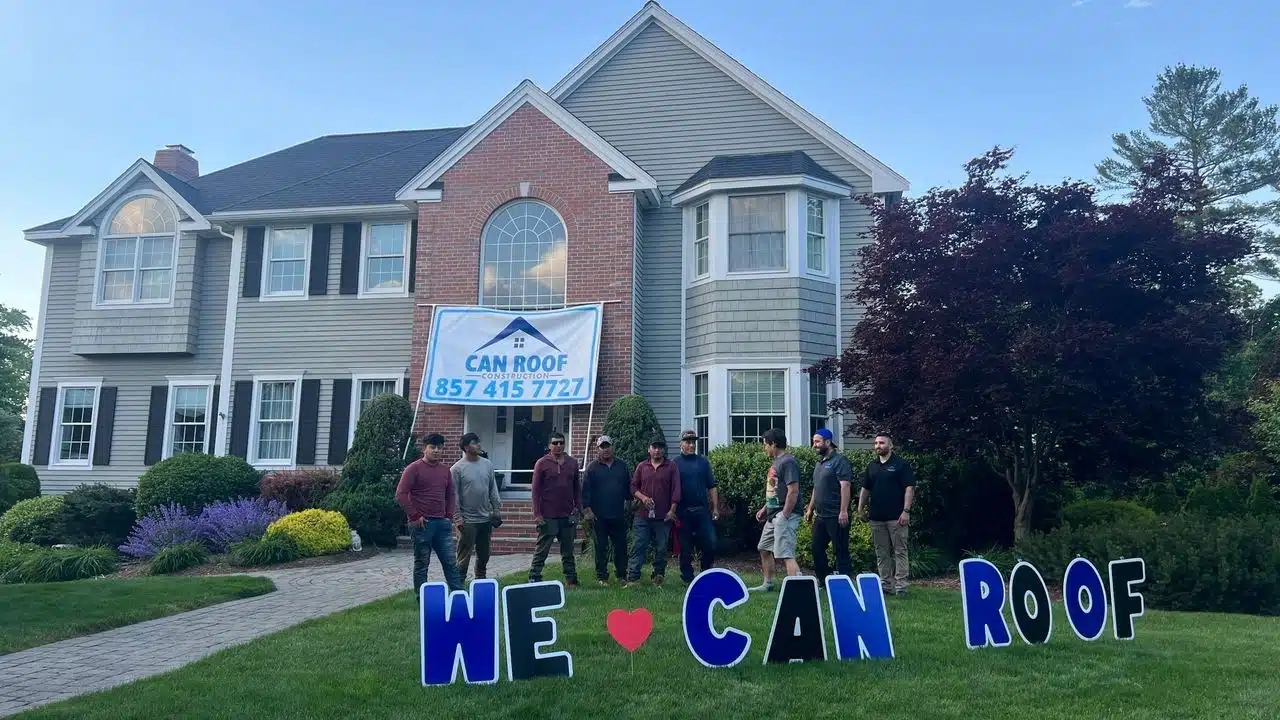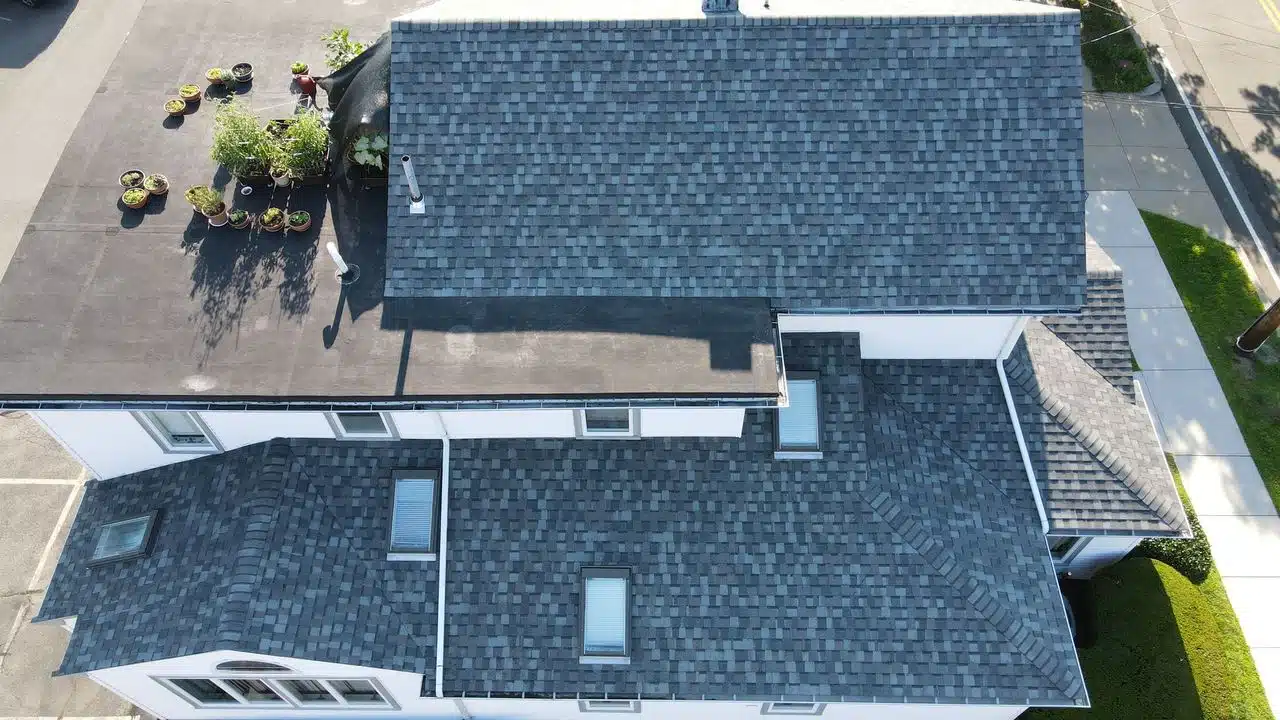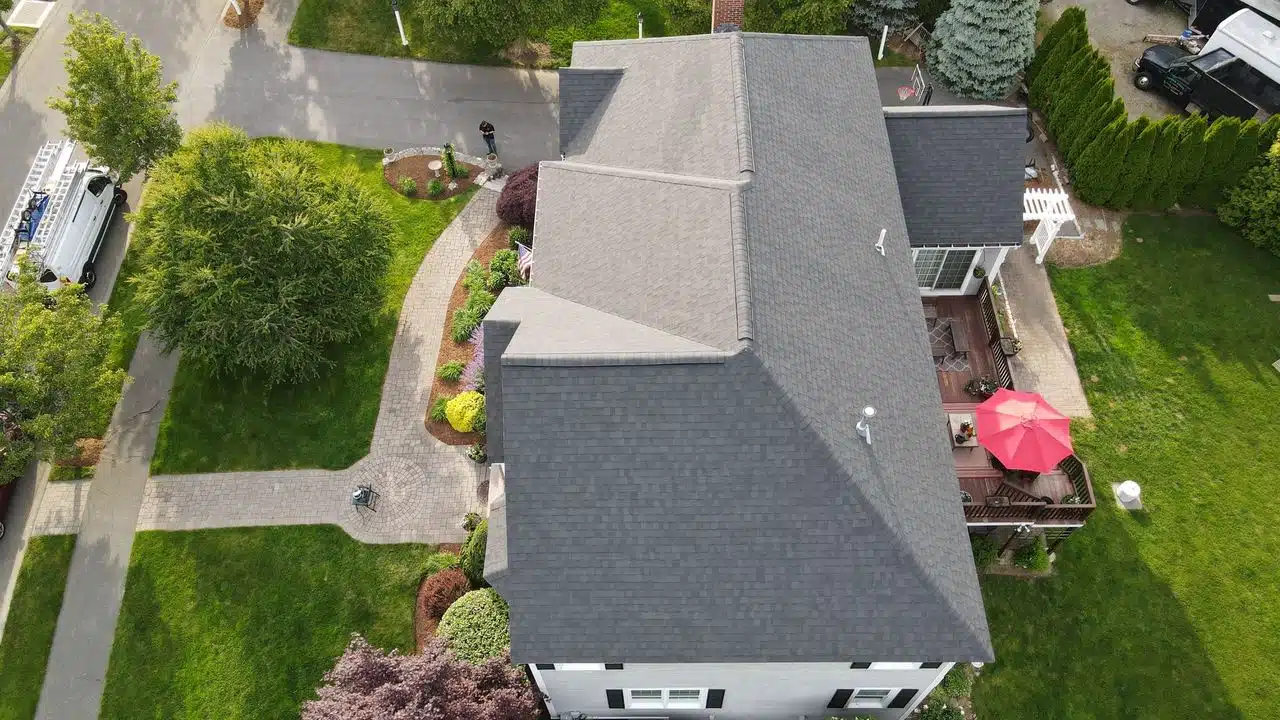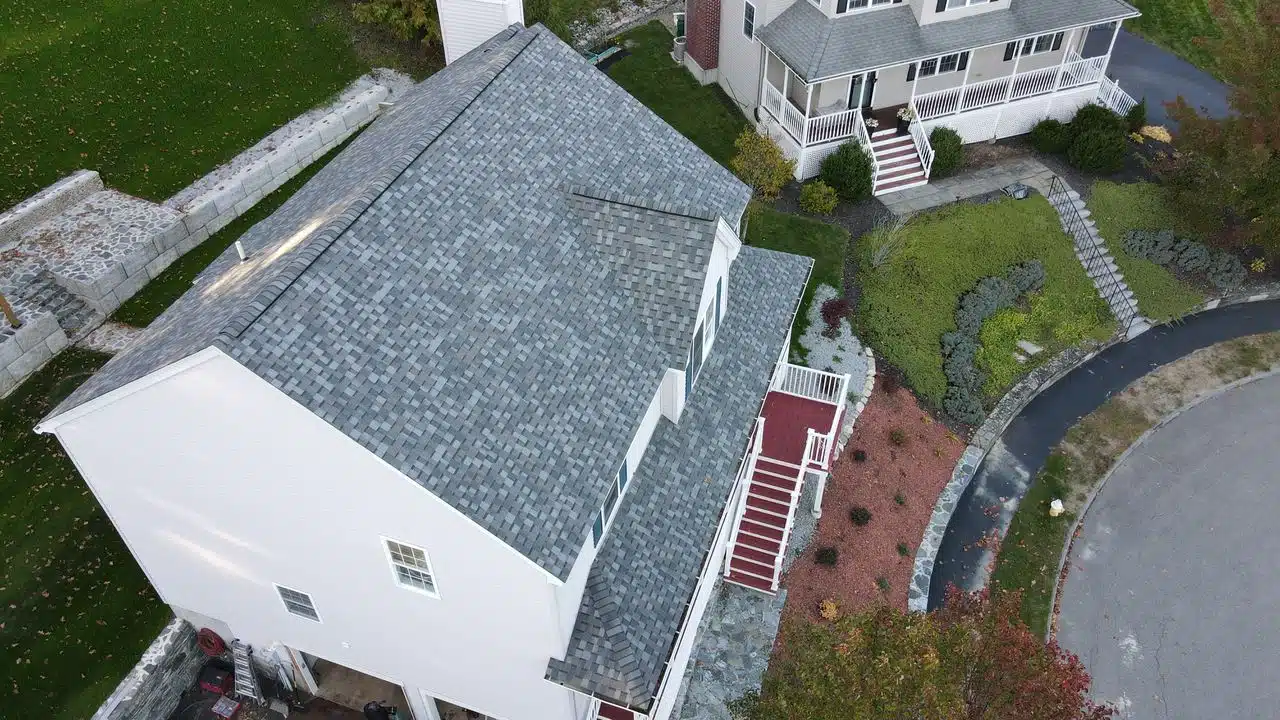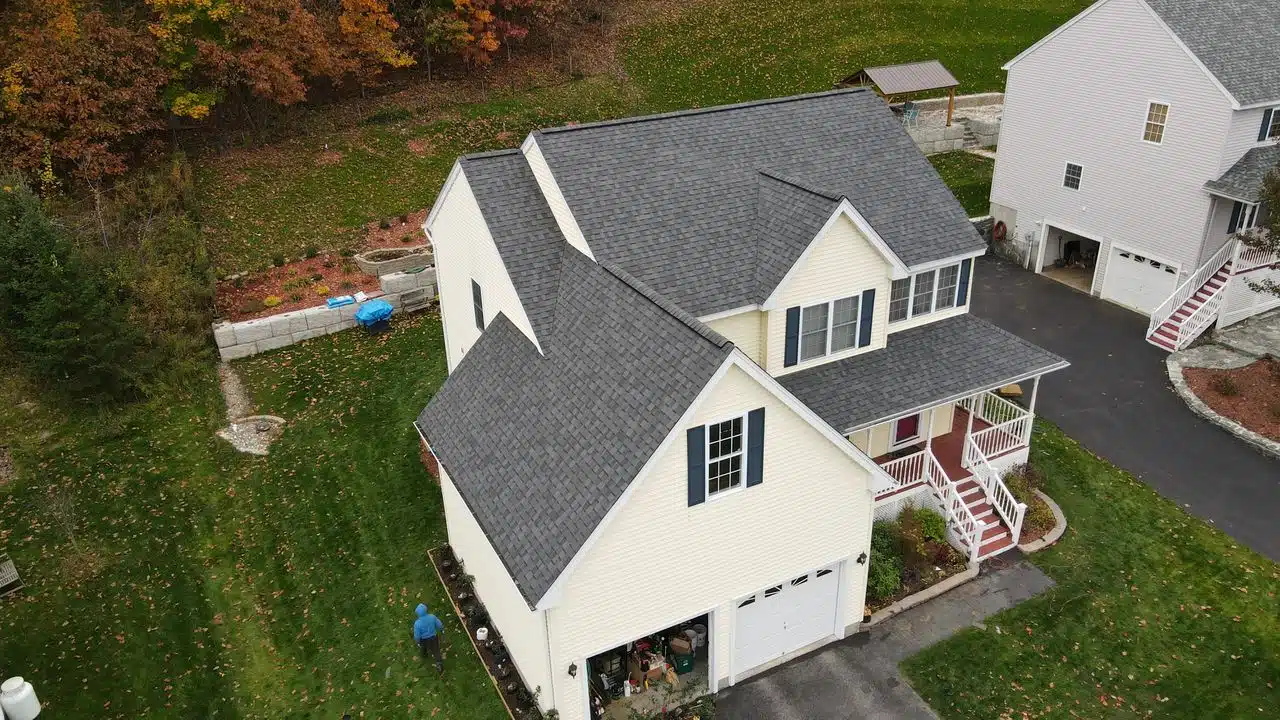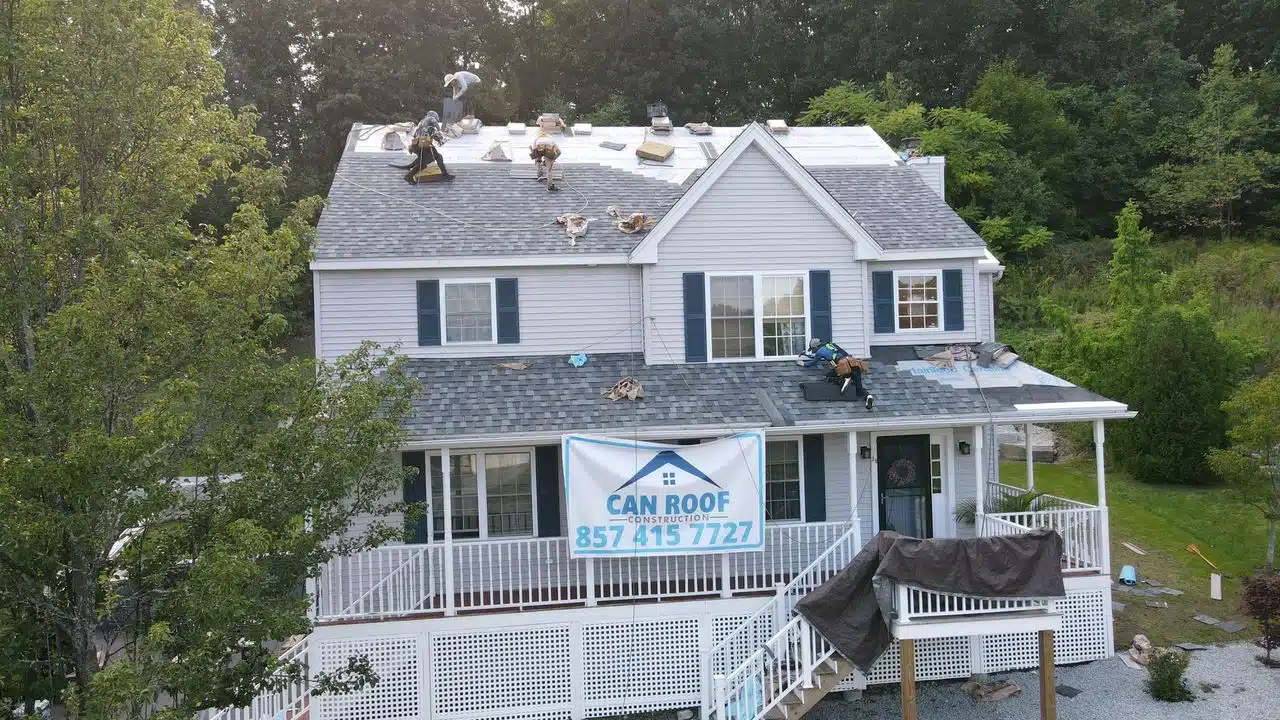Emergency Roof Damage? We’ve Got You Covered!
Emergency Roof Damage?
We’ve Got You Covered!
Cambridge Roof Replacement Experts Providing Fast, Certified, and Guaranteed Solutions for Storm Damage and Shingle Repair

- 5.0 from 90+ reviews
Need a roof replacement in Cambridge? Our certified roofers provide fast, affordable, and guaranteed installs with free inspections, same-day scheduling, and trusted local service backed by years of proven expertise.
- Save up to $500 on roof repairs!

Certified
Roof Experts
Fast
Response
Free
Inspection
Warranties
Included
Clean-Up
After Repairs
Pricing
Transparency
Licensing
Insurance Assurance
Communication
Excellence
what is problem?
Hidden roof damage in Cambridge can worsen fast — schedule your roof replacement before leaks spread wide
A small roof leak in Cambridge might seem minor, but it can quickly lead to extensive water damage, mold growth, and costly structural repairs if left unchecked. Thousands of homeowners nationwide face this hidden threat, often realizing too late that early action could have saved their roofs. Our certified local team specializes in fast, reliable roof replacement backed by thorough inspections and quality materials. Schedule your free inspection today and protect your home with our guaranteed same-day repair service.
- Save up to $500 on roof repairs!
How It Works
Cambridge Roof Replacement Experts Deliver Fast, Certified Service with Guaranteed Quality Trusted by Your Local Neighbors
We don’t just replace roofs in Cambridge—we thoroughly assess underlying damage, prevent future leaks with advanced materials, and deliver certified roof replacements that local homeowners rely on for lasting protection.
Free, In-Depth Roof Inspection
We start with a comprehensive inspection – using drones, high-res imaging, and hands-on evaluation to assess your entire roof. Not just what’s broken, but what’s about to break.
Root Cause Detection
Other contractors patch the surface. We go deeper. Our experts identify why the damage happened and whether there’s underlying risk – saving you from repeat problems or full replacements down the line.
Clear, Honest Quote
You’ll get a detailed report and walk-through of our findings, with a straightforward quote – no pushy sales tactics, no hidden fees.
Fast, Professional Repair
Once approved, our certified crew gets to work. We use top-quality materials, real warranties, and leave your home cleaner than we found it.
- Save up to $500 on roof repairs!
Our roofing services are backed by our certifications.



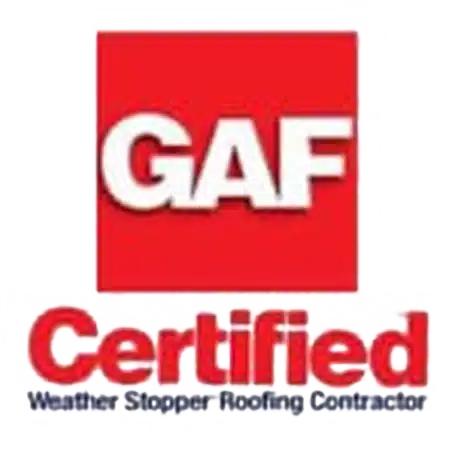


Features
Every shingle inspected. Every leak stopped. Everything sealed tight—trusted roof replacement by certified Cambridge pros.
Using advanced materials and certified precision tools, our Cambridge roof replacement process guarantees resilient craftsmanship designed to protect your home through every season with unmatched long-term durability and strength.

Drone-Assisted Roof Inspections
We use high-resolution drones to inspect your roof safely and thoroughly – spotting damage and potential risks that are invisible from the ground.

Thermal Imaging & Moisture Detection
Infrared scanning reveals hidden leaks, moisture buildup, and insulation issues before they turn into major (and expensive) problems.

Root Cause Leak Analysis
We don’t just fix what’s broken – we figure out why it broke. That means smarter repairs and fewer future surprises.

Licensed Roofing Technicians
Our team is trained, insured, and certified – delivering top-tier workmanship that meets professional and manufacturer standards.
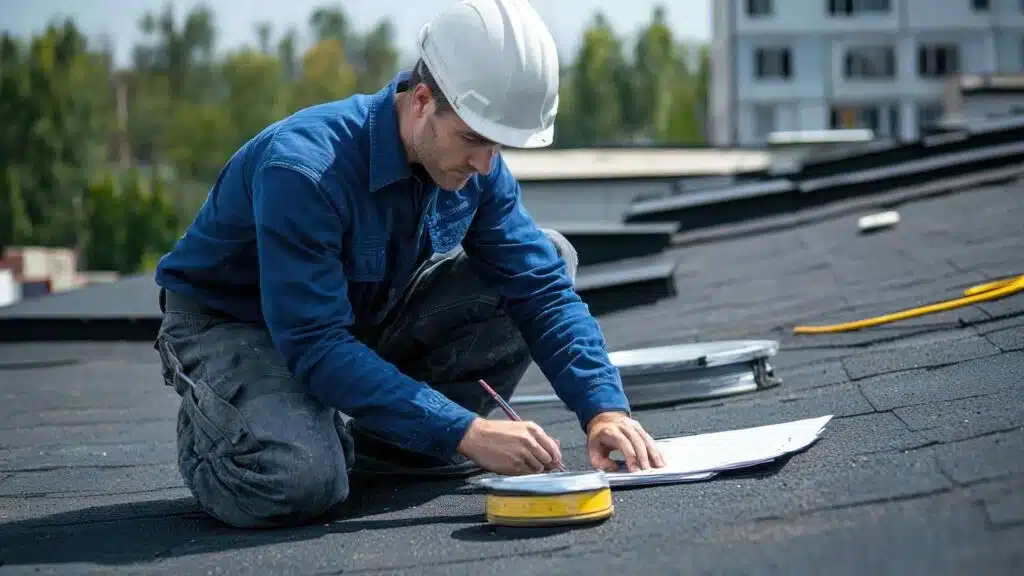
Same-Day Emergency Service
Roof leaking right now? We’re ready. Our team can often be on-site the same day to inspect and begin urgent repairs.

Insurance Claim Assistance
Dealing with damage from storms or hail? We’ll help document the issue and guide you through the insurance claim process.

Warranty-Backed Repairs
All of our work comes backed by real, written warranties – so you’re protected long after the job is done.

Full Clean-Up After the Job
We leave your home better than we found it – no nails, no mess, no problem. Just a solid roof and a spotless site.
- Save up to $500 on roof repairs!
testimonials
Roof replacement in Cambridge Homeowners Trust — Real People. Real Results. Guaranteed.
Homeowners across Cambridge trust our Roof replacement to protect what matters most — their family, their home, and their future. Their results speak louder than promises.
projects
We Restore More Than Roofs — See the Lasting Impact of Our Roof replacement on Real Cambridge Homes
What we build with every Roof replacement in Cambridge goes beyond the surface — it safeguards families, honors craftsmanship, and leaves behind results that speak without a single word.
- Save up to $500 on roof repairs!
compare
Others Repair Roofs. We Restore Confidence — That’s Why Cambridge Trusts Us With Roof replacement That Lasts.
Cambridge homeowners rely on our Roof replacement because confidence comes from doing it right — with skilled hands, proven methods, and results that hold up for years.
Feature / Service
- Drone & Imaging Tech
- Thermal Leak & Moisture Scanning
- Root Cause Detection
- Licensed & Certified Technicians
- Clear, Honest Pricing
- Full Clean-Up After Repair
- Warranty-Backed Repairs
- Insurance Claim Help
- Preventative Roof Health Check
Us
- Yes - detects hidden damage early
- Yes - advanced tools for invisible issues
- Yes - we fix the problem, not just symptoms
- Yes - trained, insured, and trusted
- Yes - upfront, no surprise costs
- Yes - your property is spotless when we leave
- Yes - real protection, no fine print
- Yes - we help you through the process
- Yes - we catch future risks early
Typical Contractor
- No - visual surface-only inspections
- No - can’t spot deeper damage
- No - surface-level patch jobs
- Sometimes unlicensed or subcontracted
- Vague estimates or hidden charges
- Often leave debris and materials behind
- Limited or unclear guarantees
- You’re on your own
- No - only fixes what’s already broken
TEAM
The Certified Roofing Team Cambridge Homeowners Trust for Expert-Level Roof replacement — Precise Work, Proven Experience, Lasting Results.
Our certified roofing team in Cambridge delivers Roof replacement with expert precision, built-in accountability, and years of hands-on experience. Every project is guided by structural integrity, long-term durability, and a promise to protect your home.



Reliable
Backed by 5-Star Trust. Proven Through Real Roof replacement. That’s Why Cambridge Homeowners Rely on Us Without Hesitation.
CAN Roof Construction is Cambridge’s certified roofing team — trusted for expert Roof replacement, precision craftsmanship, and lasting protection. Every roof we complete reflects our promise to deliver strength, reliability, and confidence in every season.
Quick and Accurate Roof Evaluation
at NO COST

Guaranteed Durability
Weather-resistant & high-performance materials.
0 +
Successful Projects Completed
2X
Faster Roofing Installation. Efficient team, quicker results, no delays.
reviews
5-Star Rated
Roof replacement Service
in Cambridge
Join hundreds of satisfied homeowners in Cambridge who trust our expert Roof replacement service.
- Save up to $500 on roof repairs!

Keil Brinster
"What truly sets CAN Roof Construction apart is their embodiment of the values of hard work and honesty. Their dedication to delivering exceptional results and their unwavering integrity are a testament to their values. In an industry where trust is paramount, they have undoubtedly earned mine. I wholeheartedly recommend CAN Roof Construction to anyone in need of roofing services..."

Barbaba J.
"I had an excellent experience with Can Roof. My roof deck needed major repairs, I called CAN and spoke with Nate, who came out the next morning, quickly diagnosed the issues, and provided a clear, accurate assessment. His estimate arrived the next day, the pricing was most reasonable and his team was available to start the job within a couple of weeks. Nate and the team did an excellent job..."

Fred Free
"...The rest of the house already had aluminum gutters so switching to those here made sense. They look great and fit right in and I'm sure that's because of the meticulous care the guys put into their work. We highly recommend Nate, Rocky and the team for their attention to detail, timeliness, professionalism and for just being a bunch of decent guys to deal with..."
Let's Talk Results
Delivering proven Roof replacement results across Cambridge, MA — backed by 15+ years of hands-on expertise, 800+ completed projects, and a consistent track record of customer satisfaction you can see, feel, and trust.
Years of Experience
Projects Completed
Awards & Certifications
Happy Customers

59 Million Views
The Most-Watched Roofing Channel on YouTube
With 289 videos and more than 59 million views, homeowners across the country turn to our YouTube channel for real advice, real repairs, and real results.
-
98.5K Subscribers
-
289+ Videos
-
59,127,712 Total Views
- Save up to $500 on roof repairs!
guarantee
We guarantee trusted Roof replacement in Cambridge, built for long-term strength, year-round protection, and confidence that lasts.
Our guaranteed Roof replacement in Cambridge combines skilled craftsmanship and long-term protection — trusted by homeowners season after season.
A 10-Year Roofing Guarantee Backed by Craftsmanship, Integrity, and Results That Endure
In Cambridge, roofing companies may come and go — but our promise holds strong. Every repair we deliver is backed by a hassle-free 10-year guarantee, built on certified workmanship, long-term durability, and a customer-first approach that puts trust at the center of everything we do.

Material Quality That Performs — Certified Protection for Every Cambridge Roof
Our roofing team in Cambridge uses only high-performance, industry-certified materials — chosen for their ability to resist extreme weather and preserve your roof’s strength over time. From shingles to sealants, every product is selected to deliver lasting protection where it matters most: underneath.

process
How It Works in 6 Easy Steps
Through meticulous planning, the use of high-quality roofing materials, and skilled craftsmanship, we ensure that our roofing solutions stand the test of time. Whether it’s a roof repair, roof replacement, or new roof installation, we’re committed to delivering roofs that provide lasting protection and peace of mind for years to come.
- Save up to $500 on roof repairs!
01. Initial Consultation
Expert guidance to choose the best roofing solution.
02. Free Inspection
Get a detailed roof assessment with drone technology.
03. Receive a Quote
Transparent pricing with no hidden fees.
04. Planning & Scheduling
Customized solutions tailored to your need.
05. Installation & Repairs
Expert craftsmanship for long-lasting results.
06. Final Inspection & Cleanup
Ensuring quality, safety, and satisfaction.
Special offer
Act Now and Save
UP TO $500
Take advantage of our FREE Drone Roof Inspection and secure up to $500 in savings on your roofing project. Schedule your inspection today and protect your home with expert care. Secure your discount immediately after your inspection in Cambridge.
- FREE Drone Roof Inspection
- Quick, and Comprehensive Inspection
- Innovative Drone Technology

Contact us
Schedule Your FREE Roof Consultation in Cambridge.
Let’s Talk!
Looking for expert roofing solutions? Get a FREE roof consultation in Cambridge with CAN Roof Construction! Contact us now for roof repairs, replacements & FREE inspections. Let’s build a durable roof for your property together.

What you can expect when you choose CAN Roof Construction for your roofing needs:
-
Expert advice on roofing solutions
-
High-quality materials for lasting durability
-
Roofing services tailored to your requirements
-
Enhanced property value through our roofing
- Fill safe: all your data is protected.
